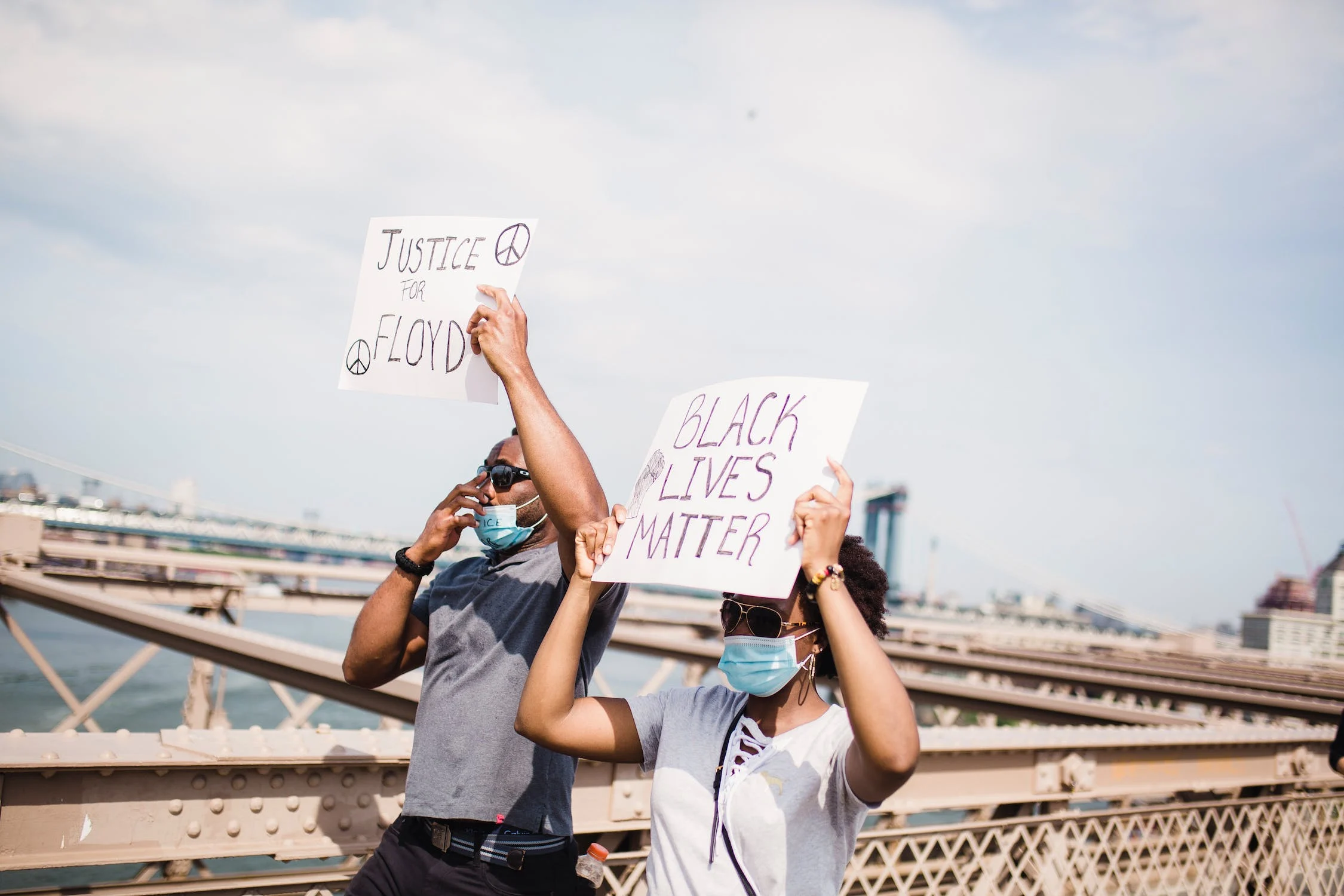
For Dr. Martin Luther King, Jr. Day, AMAZEworks shared a social media series reflecting on racial justice work spanning from the Civil Rights Movement to today. We sought inspiration from Civil Rights leaders of the past, reevaluated the dominant framing of MLK’s work in the present, and celebrated young leaders investing in their future. In our reflections, we were moved by the deep impact of individual action.
Our first post focused on past racial justice advocates, highlighting Civil Rights leaders who are less well-known but made a significant impact on the movement. Its intention was to shift focus from seeing MLK as the sole leader of the Civil Rights Movement, acknowledge other important figures, and recognize the importance of community members in social justice movements. We featured Bayard Rustin, Claudette Colvin, and Dion Diamond, whose impact helped pioneer the Civil Rights Movement and make an impact in communities and across the nation.



Our second post reflected on the narrative of King’s influence in the present. MLK is remembered differently today from how he was perceived in the past and during his lifetime. Most of us generally remember the words and actions of MLK in a positive light. We commend his focus on nonviolence and see him as taking “appropriate” measures in his Civil Rights work. We celebrate his actions and speeches that coincide with this understanding of him. Today, it is hard to imagine disagreeing with MLK and his goals of racial justice.
However, during the Civil Rights Movement, Martin Luther King, Jr. and countless other community members were met with violence, arrests, and hate. King was criticized for vocalizing his opinions that countered those widely accepted, such as his stance on the Vietnam War. We shared MLK quotes that we see less often but feel especially important to remember in the state of our world today. With his words in mind, we asked ourselves: What work needs to be done to reevaluate and deepen our understanding of peace, conflict, and justice?



The final post uplifted young people making change today and investing in our future. Racial justice work is still necessary and will continue to be necessary, and young people have always been integral to that work. We highlighted Zyahna Bryant, Thandiwe Abdullah, Winona Guo, and Priya Vulchi because of their social justice efforts. The insights and actions of these leaders built the foundation for big change. We look to them and countless other young change makers for inspiration and hope for our future.

![Headshot of Thandiwe Abdullah with her hair in poofy pigtails and two small braids framing her face. She is smiling, and her chin rests atop her hands clasped together. Text reads, "Thandiwe Abdullah does not remember a time before going to protests with her mother. She was inspired to engage other young people in racial justice activism and helped found the Black Lives Matter Youth Vanguard, helping successfully remove random searches from LA schools. 'I think [young people] should be leading the work of dreaming of something better for ourselves.'" Green background with tan curved lines.](https://amazeworks.org/wp-content/uploads/2022/02/13-1024x1024.png)

Racial justice work continues because of the resilience of our community members and leaders of our past, present, and future. Because this work is continually met with resistance, we need to channel resilience by caring for ourselves and reframing our approach to this work.
We have found inspiration and gratitude from learning from our past, investing in our present, and looking to our future. We hope these racial justice leaders bring you hope and inspiration to continue your commitment to justice, through individual acts and collective action, big and small.
To read through all of our posts, find AMAZEworks on Instagram (@amazeworks1996) and Facebook (@amazeworks).


